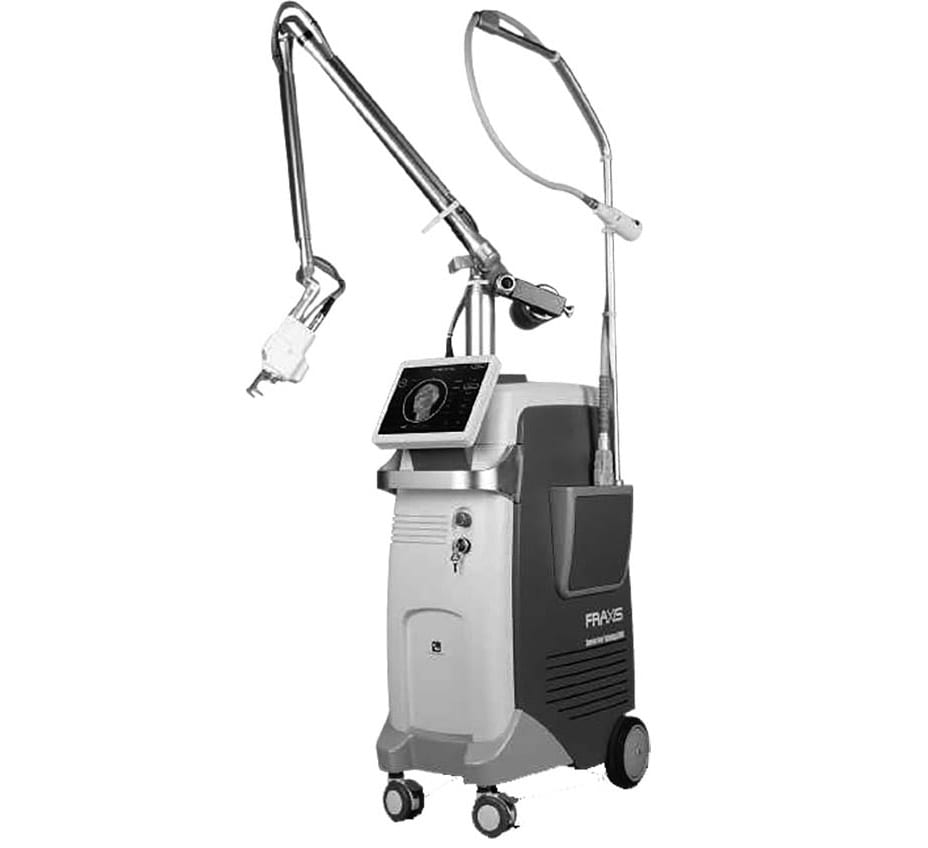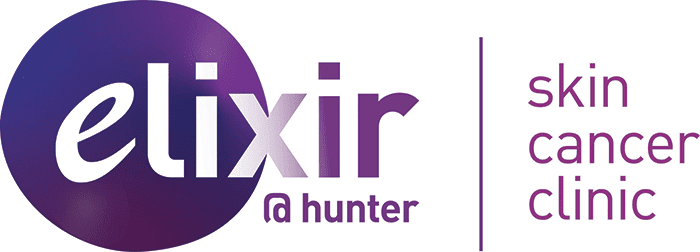
Surgical CO2 Laser
Cosmetic laser treating moles, skin tags, warts, Seborrheic keratosis and Sebaceous hyperplasia


Surgical CO2 Laser Maitland, Hunter Valley
Benign Skin Lesions, Moles & Skin Tags Removal
The Co2 laser delivers targeted energy to the selected areas ablating the skin growths (moles, skin tags, warts, Seborrheic keratosis (age related warts), and Sebaceous hyperplasia. The energy penetrates just a few microns into the skin ablating the skin lesions. This is an alternative method to surgery for benign skin lesions and moles. There is minimal downtime associated with this procedure.
Before your moles or skin tags are removed, our doctors will carefully examine and assess them to make sure they are not cancerous. If we find cause for concern, your mole will need to be removed using a more traditional method.
Book a consultation with Elixir @ Hunter in Matitland, NSW for Surgical Co2 Laser treatment.

Laser Mole Removal Maitland, Newcastle & Surrounding Areas
Laser Mole Removal Maitland
Elixir @ Hunter in Maitland, NSW, offers precise CO2 laser mole removal for benign lesions. Doctors check moles first to ensure they’re harmless.
Laser Mole Removal Newcastle
Newcastle residents mole removal treatment by just traveling a short distance to Maitland. Laser mole removal provides a gentle, non-surgical option that avoids cuts and speeds up getting back to daily life.
Laser Mole Removal Near Me
Searching “laser mole removal near me” around Maitland, Newcastle, or surrounding areas? Elixir @ Hunter welcomes you for safe treatments on confirmed harmless moles. Enjoy a simple process, quick recovery, and support like free follow-ups if needed, all tailored for smooth results.
FAQ’s
- What will my cosmetic mole removal procedure entail?
- How many treatments will I need? Is mole removal permanent?
- Will mole hairs grow back?
- How long will it take to heal?
- Can I shower or swim after mole removal?
- Can I exercise after mole removal?
- When can I apply makeup after mole removal?
- Is mole removals safe? What are the risks?
- What can I do at home to remove my moles?
- What are the chances of a mole removal scar?
- Will mole removal prevent cancer?
One of our doctors will perform a thorough assessment including:
- Comprehensive medical and skin history.
- The mole/s in question will be examined under magnification with a dermatoscope. Any suspicious lesions will be biopsied.
- Discuss your options and suitability for mole removal.
- Take photographs of the mole/lump/bump in question.
- Informed written consent will be taken prior to the procedure.
- Anaesthetise the area prior to treatment.
- The area is cleaned, and a sterile field is prepared.
- If the lesion has no suspicious features, our Co2 laser device removes the mole.
- A simple dressing such as duoderm can then be continued for 3-5 days. This can be changed as required.
- Antibiotic ointment is then applied 4 times a day for 2 weeks.
- Follow up with our doctor is recommended at 2-weeks post procedure to assess progress.
One treatment is all that is required to completely remove each mole/lump/bump/skin tag. Our mole removal procedure is permanent. Rarely, moles can regrow in the area. When necessary, follow up treatments are performed without any additional charge to our patients.
The hair shaft often penetrates deeply within the dermis, many millimetres below the base of the mole. Often mole hairs can persist despite complete mole removal.
Mole removal healing depends on the area of the body involved. The further from the face, the longer the duration in healing time. In most cases the scab will fall off after a week. You can reduce the risk of a mole removal scar with application of topical antibiotic cream, and keeping the area covered with a moist dressing. It is common for the area to itch in the 1-3 weeks post removal. This is all a part of the healing process. Your cosmetic physician will discuss dressings that are appropriate for you during your consultation.
Showering is fine as long as the treated area is covered for the first 3 days. Swimming or bathing is not advised for a week after treatment.
You may exercise immediately after mole removal.
The earliest we recommend applying makeup to the treated area is 2 week post treatment. Makeup can be applied around the treated area.
Yes. If all precautions are adhered to, laser mole removal is completely safe. Bleeding can be common after this procedure. This can be decreased with application of a pressure dressing post procedure. It is usually minor and ceases in 1-2 days. Infection is rare and varies depending on the location treated and your general health. Scarring varies significantly based on your mole type, skin colour, general health, and history of previous scarring. Your cosmetic physician will discuss any other risks that are specific to you at the time of consultation.
Unfortunately, there is nothing proven to remove moles at home. We suggest a formal consultation with one of our doctors prior to any mole removal procedure.
The risk of a scar after mole removal varies depending on the area treated, skin type, history of scarring, and adherence to aftercare instructions. In general, studies have reported the risk of clinically significant scarring to be somewhere in the region of 2-5%. This is usually always more aesthetically pleasing than the original mole. Scars can often appear red/pink and will fade overtime to blend with normal skin. The risk of a mole removal scar developing will be discussed during your consultation.
No, this is not a goal of cosmetic mole removal. Cosmetic mole removal targets benign naevi that have no suspicious features of skin cancer.
